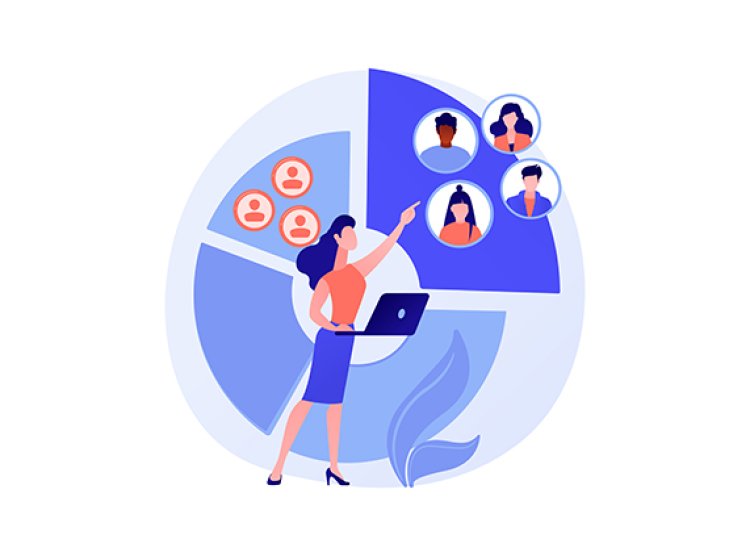"The information from your current customers is the best way to find your future customers."

A prestigious meeting of marketing and brand executives, thought leaders in advertising, and other media heavyweights congregated at the Pitch CMO Summit in Mumbai on March 24 to discuss all things marketing.
The Chief Digital and Marketing Officer of L'Oréal India, Gaurav Anand, gave a pertinent speech on "The Future of Marketing with Consumer Data" as the advertising and marketing industries continue to be driven by vast amounts of data from several sources.
Anand avoided using slides to illustrate his discussion as is customary but acknowledged that as a marketer, it wouldn't feel right to do so. He then showed a brief film that summarized L'Oréal's data- and digital-driven process in its marketing activities.
"At L'Oréal, we are hard at work planning the future of marketing. He added that, in its most basic form, he divided marketing into three buckets and remarked, "We operate across a variety of different areas and draw inspiration from China and Brazil. "The first would be who my target audience is, followed by what information I show, and finally, how I gauge its effectiveness."
"Marketers have never been lacking in flare when characterizing consumers. How frequently do you encounter a job description that reads, "seeking for affluent consumers in the X-Y age group, who are into high end fashion, styling, etc." A lot of research has been done, such as TAO segmentation or Sociovision, which might assist you in defining such psychographics if you don't already have them.
Anand acknowledged the value of these tools for supporting content creation but stated that one fundamentally practical point remained unanswered: "Where do you locate these consumers?"
"How can we begin delving into these complexities when the media is struggling to go beyond broad demos and age groups? Where can we locate these customers? That's the difficulty marketers face, particularly in large markets like India, he continued, returning to the hypothetical task of locating a specific group of customers and describing the conflicting metrics that can make certain demographics and definitions difficult to discern, similar to looking for a needle in a haystack.
Anand cited the launch of Lancome by L'Oréal in India as an example. Initially, the brand targeted women over 25 with high disposable incomes, but they were pleasantly surprised to see a significant influx of customers from younger cohorts, forcing them to rethink their assumptions.
Anand noted that although many buzz words and fancy terminology were being used when discussing targeting audiences, his least favorite of these was "affinity," and he said that this hindered marketers from choosing the appropriate material for the appropriate customers in the appropriate context.
We need to halt switching from claim-based signals to deterministic signals as soon as possible. He continued, "The second thing I've started seeing, and Google is doing a fantastic job at it, is using their household panel data on their entire YouTube audiences, which gives a sense of affluence targeting to brands at scale. For instance, what a consumer watched can tell you a little bit about what this consumer is going to buy.
Anand went on to explain how marketers might use smaller datasets to create and visualize a bigger picture, which would help with future targeting and content planning. He explained numerous strategies that various types of brands could use to obtain information on consumers' preferences, buying patterns, aspirations, and expectations so that they could better understand how to market to them.
Anand stated, "Thus, in my opinion, the data of your present consumers is the finest method to find your future consumers.

 Sumit Rawat
Sumit Rawat 










